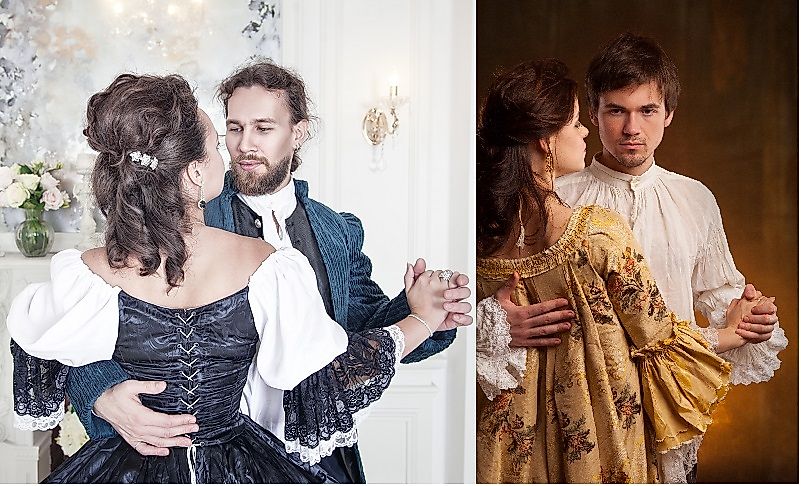What Did Baroque Dance Look Like?

Baroque dance was a set of classical, theatrical, and social dancing styles among the European upper classes which was popular in the 17th Century. This dance is a historical dance and is out of fashion. The dance thrived primarily in the Baroque era in France and Britain. In this article, we will discuss some of its characteristics and its historical development.
5. Overview and Characteristics of the Baroque Dance Style -
Baroque dance was primarily a couples’ social dance. The couples would dance one at a time while the other couples watched and sometimes cheered the couple on the floor. The people in the room belonging to the highest social class sat one corner of the room, and the dance would be directed towards them. Most artists have drawn lot similarities between Baroque dance and ballet dance. However, there are some obvious differences between the two. For example, a jump in Baroque will barely leave the ground while in ballet it is incredibly acrobatic. Simple steps, bends, hops, and springs are combined into step units.
4. Origins -
It is not clear where the dance started, but most believe that it originated from France. However, it spread into most English-speaking nations across the European countries and their colonies. It was a dance for the people of the higher social classes in social functions.
3. Spread and Development -
Louis XIV of France played a significant role in the proliferation of the Baroque dance style. He introduced the stylistic classical ballet. This is the style that spread both as a social dance and also as a professional and theatrical one. The dance however never spread outside the English speaking nations in Europe.
2. Modern Reenactments -
Baroque dance fell by the wayside in the late 17th Century. However, there was an upsurge of interest in it once again in the 1970s. There were more than 300 Baroque dance styles that were preserved in Beauchamp-Feuillet notation. In the mid-1950s, some scholars and artists began a serious project to reconstruct and restructure some of the dances. One of the most notable artists was Melusine Wood from Britain who published several books on historical dancing and later passed her projects to one of her students, Mary Skeapinng. Mary is well known for her reconstruction works in a company known as “ballet for all.” Other notable figures who took part in reenacting baroque included Shirley Wayne, Wendy Hilton, Catherine Turocy, and Ann Jacoby.
1. Greater Significance and Legacy -
Today, the Baroque dance legacy can be felt in Poland more that in any other part of the world. It is here that the Baroque period lasted the longest. There are many portraits and mural all around Poland of baroque dancers and musicians. One of the most notable ones was made for the Polish King Casimir III.











